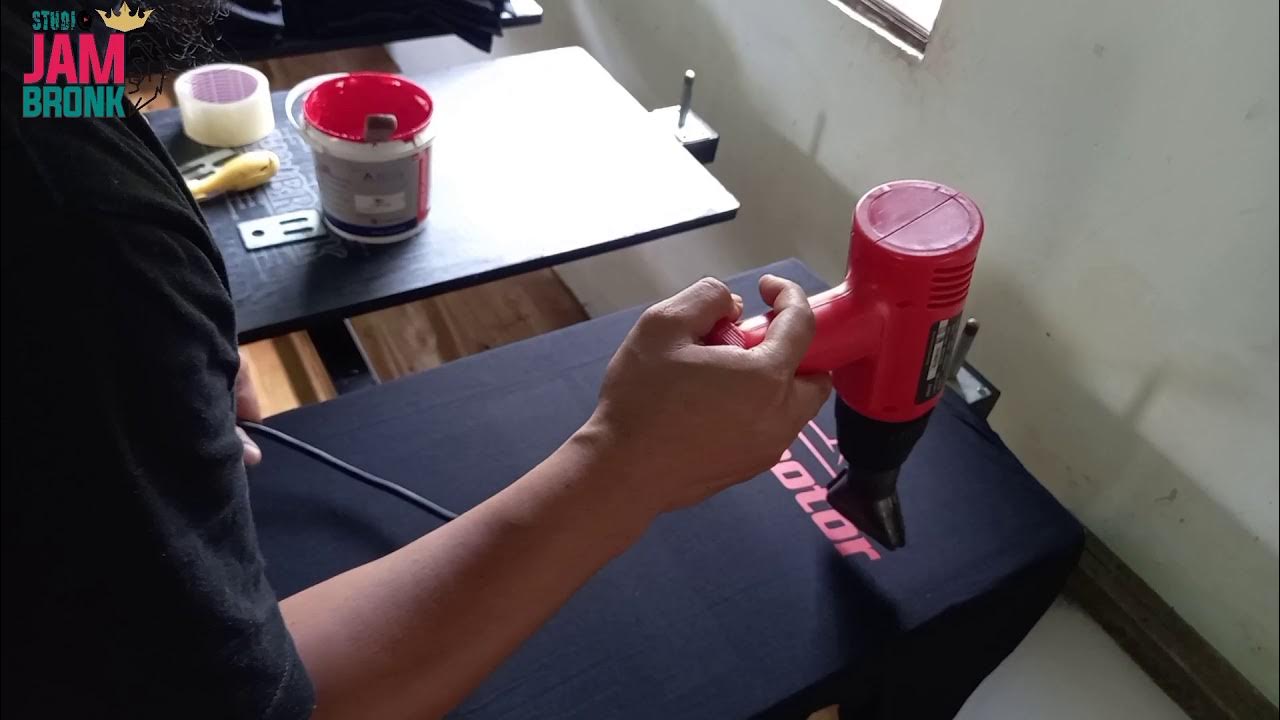Hinge Articulator Mounting #1
Summary
TLDRThis instructional script guides viewers through the meticulous process of dental model preparation and articulation. It covers trimming flash from models, ensuring a clean and parallel surface, achieving centric occlusion, and applying wax for model stability. The tutorial continues with the use of a hinge articulator, emphasizing the importance of proper plaster support and parallel alignment to the tabletop. It concludes with plaster mixing, application, and trimming, highlighting the need for a thick consistency to support model weight and the importance of proper storage to prevent premature setting.
Takeaways
- 😀 Ensure a clean surface on models by trimming off any flash.
- 🔄 Check that models are parallel when tentatively held together.
- 🤲 Hold models in centric occlusion, ensuring a tight fit for right-handed individuals by using the right hand for the lower cast and left for the upper.
- 🔒 Aim for maximum intercuspation in centric occlusion, especially noticeable with more teeth.
- 👄 Use a number seven spatula to apply hot wax between models for secure holding.
- 🧩 Apply a thin layer of separator on the back of the models and remove excess with an air nozzle.
- 📐 Use a simple hinge articulator for basic cases, adjusting it to allow complete hinging.
- 📏 Ensure the plane of occlusion is parallel to the table and the incisal edges of the articulator when mounting.
- 🏭 Provide adequate plaster support, approximately 15-20 millimeters on each side of the models.
- 🗜 Mix plaster to a relatively thick consistency to support the models' weight, avoiding a runny mix.
- 🔨 Carve excess plaster and ensure the top of the plaster mounting is parallel to the base of the cast after setting.
Q & A
What should you do if there is flash around the dental models after incorporation?
-Gently trim off the flash from the models to ensure a clean surface all around.
Why is it important to ensure the models are parallel when putting them together?
-It is crucial for achieving a proper centric occlusion, which is essential for the accuracy of dental work.
What is centric occlusion and why is it important in dental model mounting?
-Centric occlusion refers to the maximum intercuspation of the upper and lower teeth when the mandible is in its most retruded position. It is important for ensuring the correct fit and function of dental prosthetics.
Why might you need a bite block to achieve the right centric occlusion?
-A bite block may be required when there are fewer teeth or issues with achieving a proper centric occlusion, helping to stabilize and guide the models into the correct position.
What is the purpose of using wax between the dental casts during the mounting process?
-Wax is used to temporarily hold the models together in the correct position while the mounting process is completed, ensuring they stay in place until the plaster sets.
Why is it recommended to work with dry models when applying wax?
-Dry models allow the wax to adhere better than wet ones. Wet casts might cause the wax to separate and not bond properly with the model surface.
What is the role of separator when mounting dental models on an articulator?
-Separator is applied to prevent the plaster from sticking to the models, ensuring easy removal of the models from the articulator once the plaster sets.
Why is it necessary to blow off excess separator before mounting the models?
-Blow off excess separator to ensure only a thin layer remains, which helps in proper adhesion of plaster and prevents unwanted bonding between the models and the plaster.
What type of articulator is being used in the script, and for what cases is it suitable?
-A simple hinge articulator is being used, which is suitable for basic partial cases and acrylic partial cases due to its 15-20 degree incline simulating lateral excursion.
Why is it important to ensure the plane of occlusion is parallel to the table when mounting models on an articulator?
-Ensuring the plane of occlusion is parallel to the table helps in accurately replicating the patient's bite and jaw movements, which is crucial for the proper fitting of dental prosthetics.
What is the recommended plaster thickness for supporting the models on an articulator?
-A plaster thickness of about 15 to 20 millimeters is recommended on either side to provide adequate support for the models.
How can you manage excess moisture in the plaster to avoid reduced working time?
-Proper storage of plaster in a plastic bin with a cover can help manage excess moisture, thus maintaining the working time needed for the mounting process.
Outlines

Dieser Bereich ist nur für Premium-Benutzer verfügbar. Bitte führen Sie ein Upgrade durch, um auf diesen Abschnitt zuzugreifen.
Upgrade durchführenMindmap

Dieser Bereich ist nur für Premium-Benutzer verfügbar. Bitte führen Sie ein Upgrade durch, um auf diesen Abschnitt zuzugreifen.
Upgrade durchführenKeywords

Dieser Bereich ist nur für Premium-Benutzer verfügbar. Bitte führen Sie ein Upgrade durch, um auf diesen Abschnitt zuzugreifen.
Upgrade durchführenHighlights

Dieser Bereich ist nur für Premium-Benutzer verfügbar. Bitte führen Sie ein Upgrade durch, um auf diesen Abschnitt zuzugreifen.
Upgrade durchführenTranscripts

Dieser Bereich ist nur für Premium-Benutzer verfügbar. Bitte führen Sie ein Upgrade durch, um auf diesen Abschnitt zuzugreifen.
Upgrade durchführen5.0 / 5 (0 votes)






